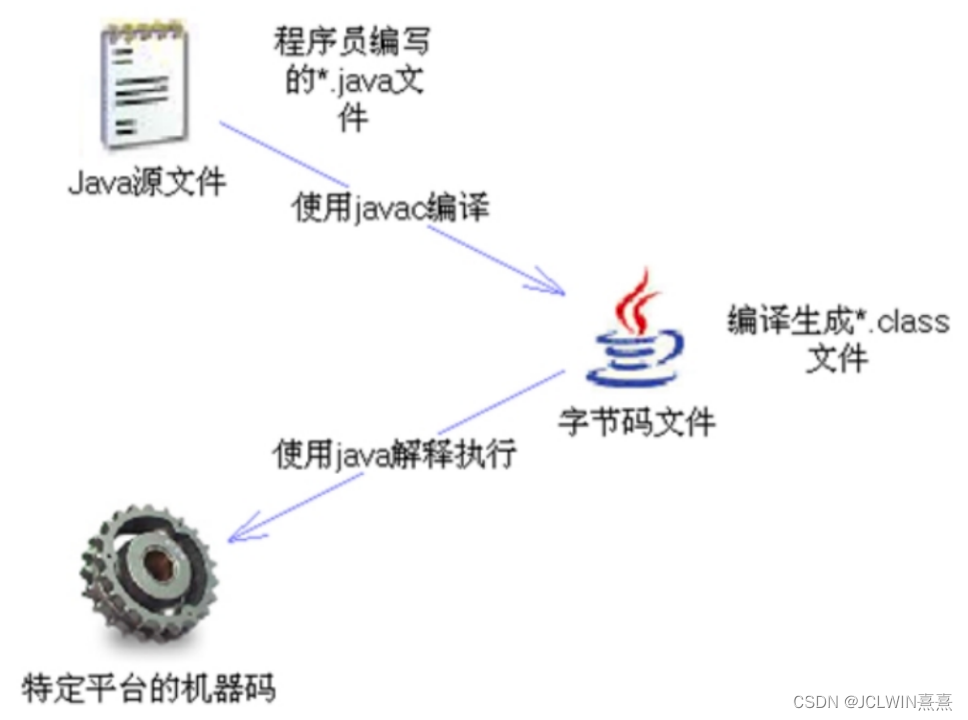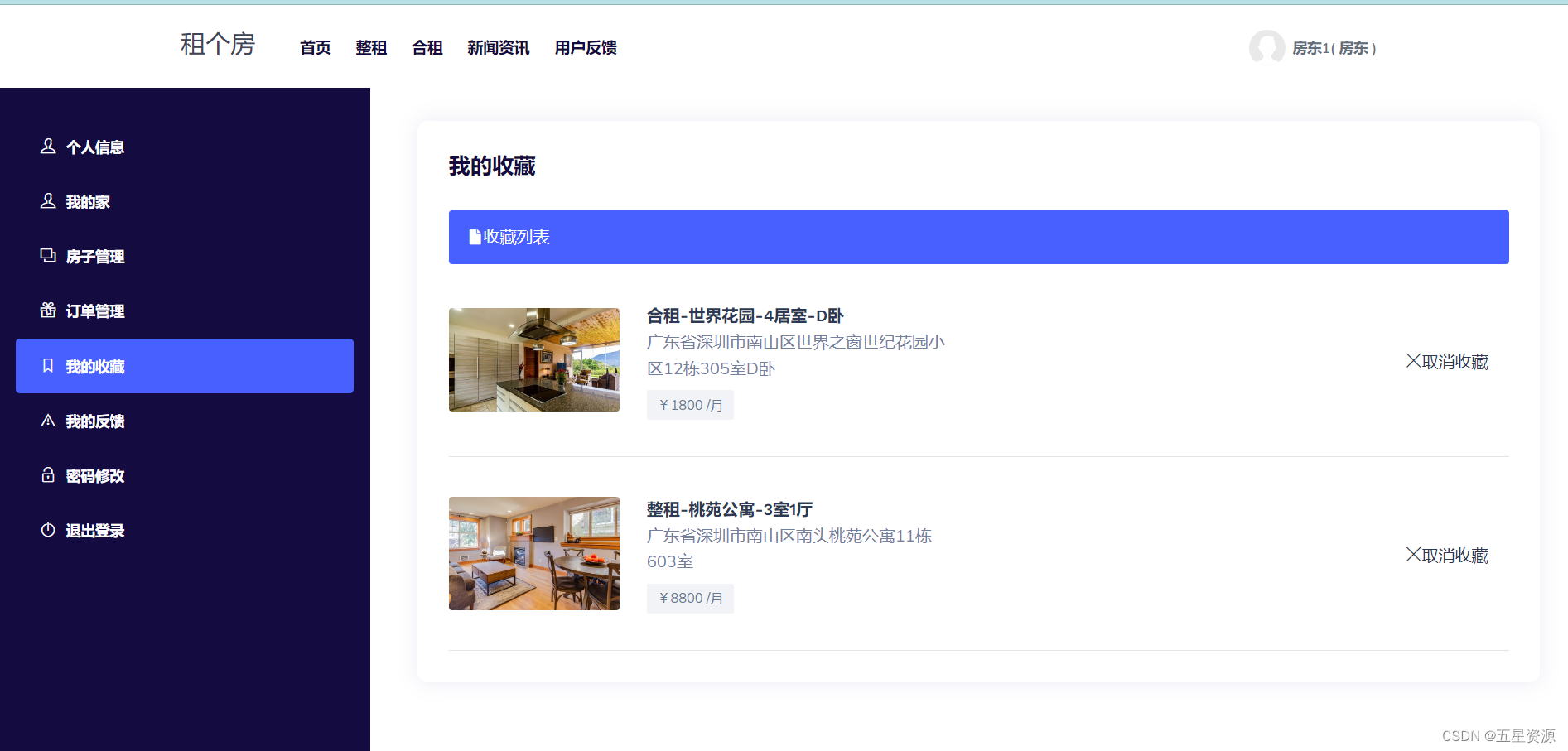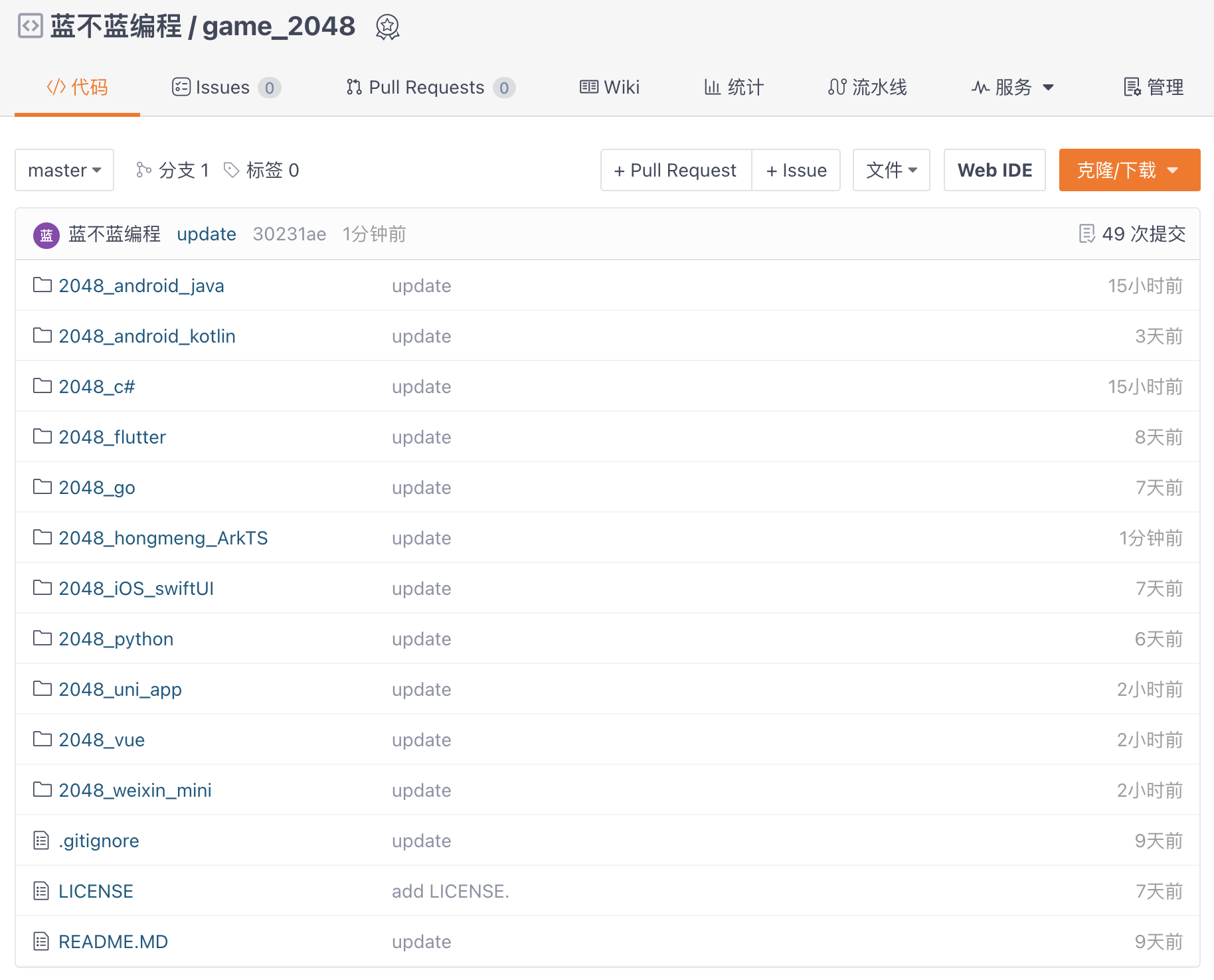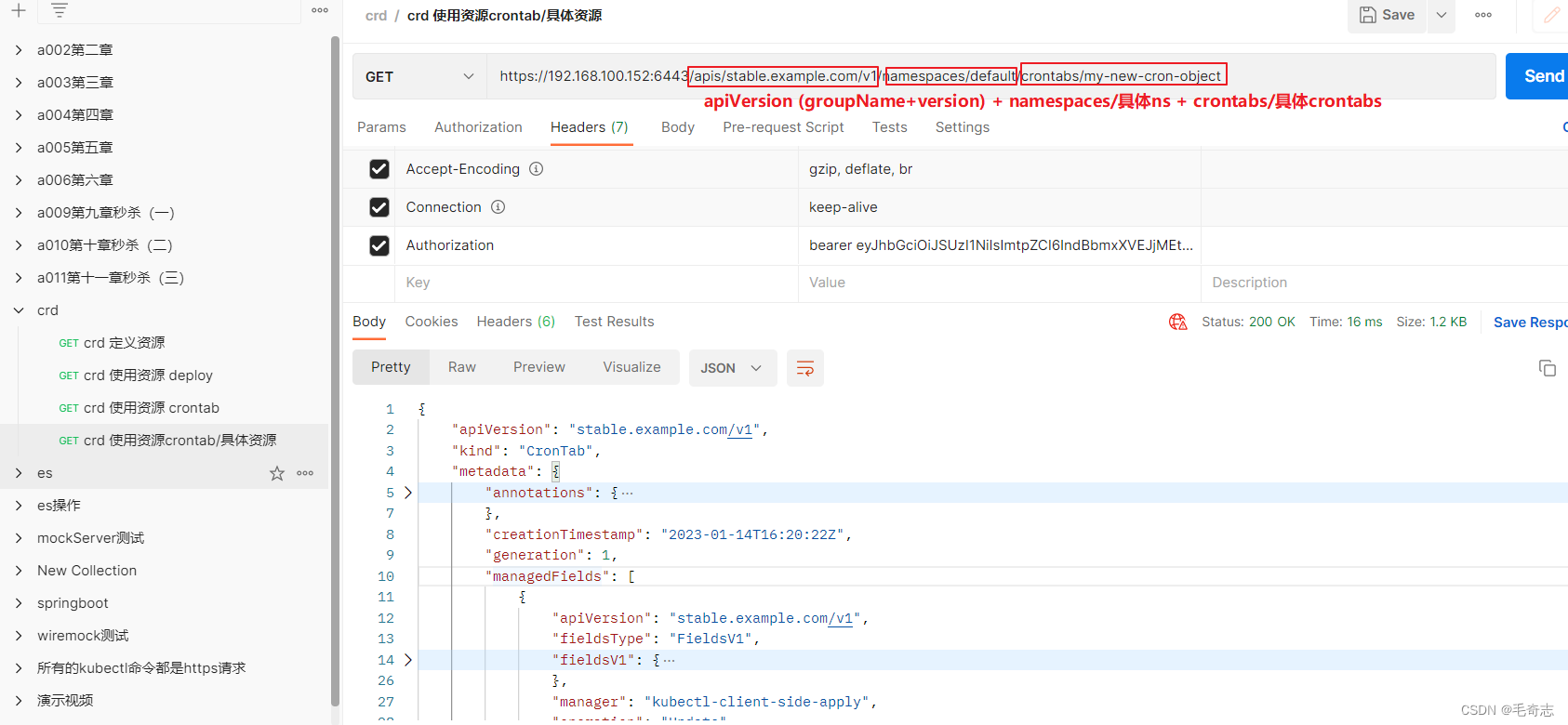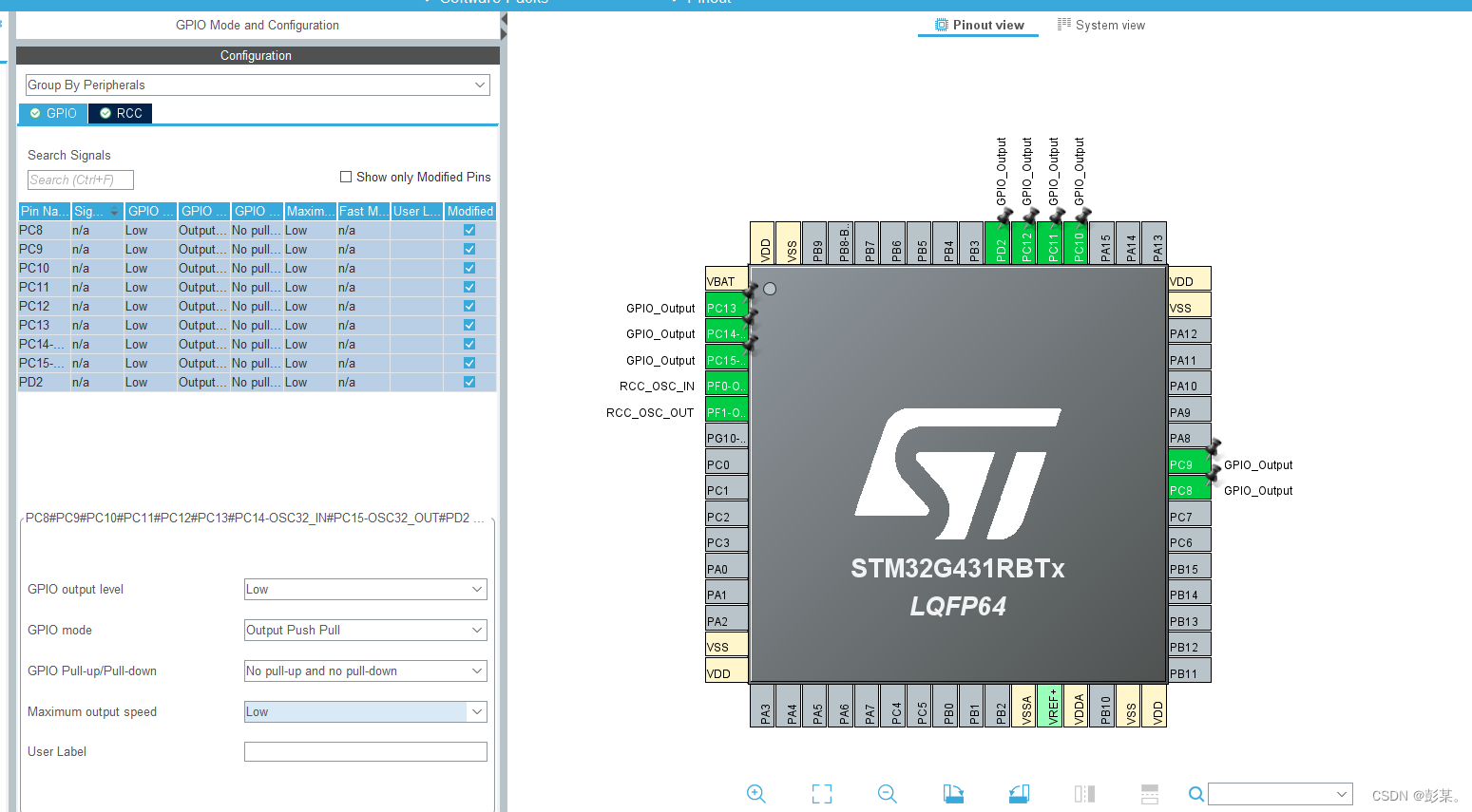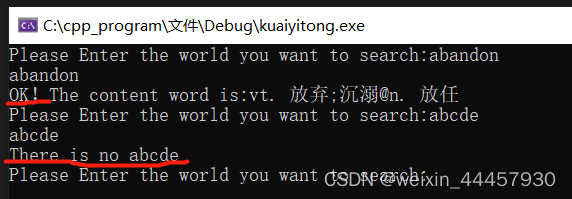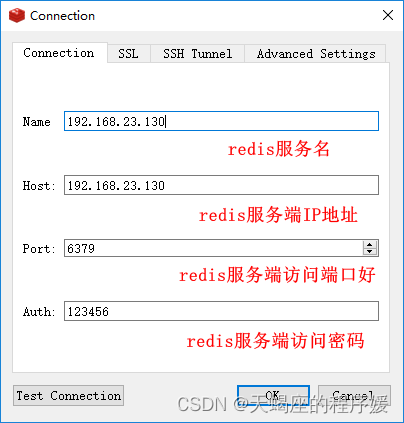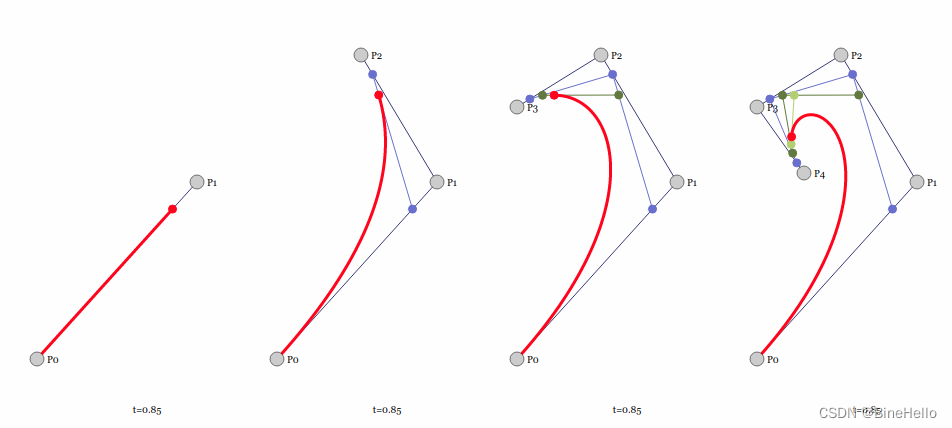【Java寒假打卡】Java基础-线程池
- 概述
- 基本使用
- Executors创建指定上限的线程对象
- 线程池-ThreadPoolExecutor
- volatile
概述
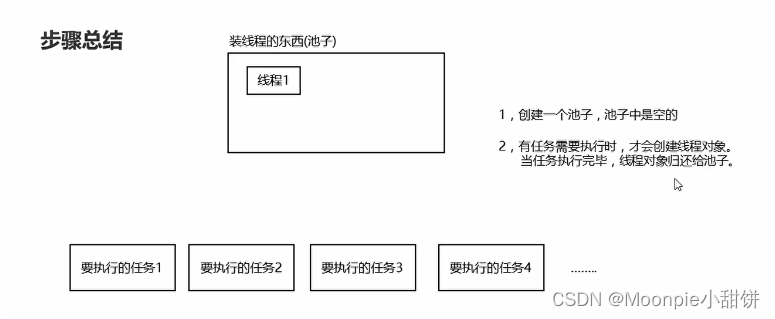
基本使用
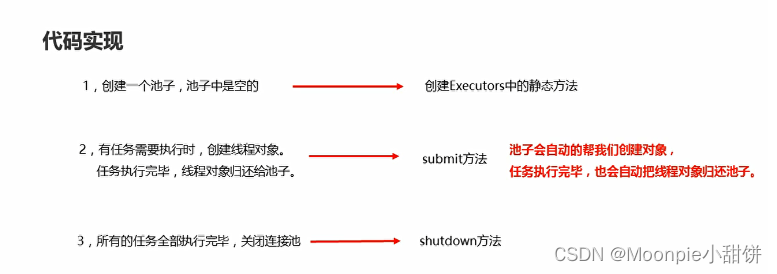
package com.hfut.edu.test12;
import java.util.concurrent.ExecutorService;
import java.util.concurrent.Executors;
public class test1 {
public static void main(String[] args) throws InterruptedException {
// 创建一个默认的线程池对象 池子默认是空的
ExecutorService executorService = Executors.newCachedThreadPool();
// Executors 创建线程池对象
// ExecutorService 帮助我们控制线程池
// 线程池自动创建线程对象 提交任务
executorService.submit(()->{
System.out.println(Thread.currentThread().getName() + "在执行了");
});
Thread.sleep(2000);// 主线程休眠2s
// 创建第二个线程
executorService.submit(()->{
System.out.println(Thread.currentThread().getName() + "在执行了");
});
executorService.shutdown();// 线程池关闭
}
}
Executors创建指定上限的线程对象
package com.hfut.edu.test12;
import java.util.concurrent.Executor;
import java.util.concurrent.ExecutorService;
import java.util.concurrent.Executors;
import java.util.concurrent.ThreadPoolExecutor;
public class test2 {
public static void main(String[] args) {
ExecutorService executorService = Executors.newFixedThreadPool(10);// 指定最大容量
ThreadPoolExecutor pool = (ThreadPoolExecutor) executorService;//
System.out.println(pool.getPoolSize());// 输出池子的容量
executorService.submit(()->{
System.out.println(Thread.currentThread().getName() + "在执行了");
});
executorService.submit(()->{
System.out.println(Thread.currentThread().getName() + "在执行了");
});
System.out.println(pool.getPoolSize());// 输出2
}
}
线程池-ThreadPoolExecutor
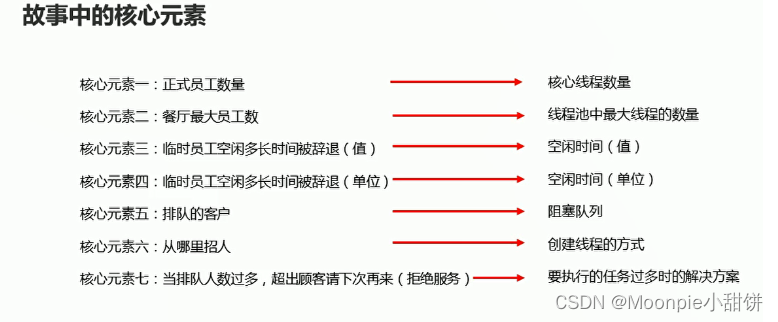
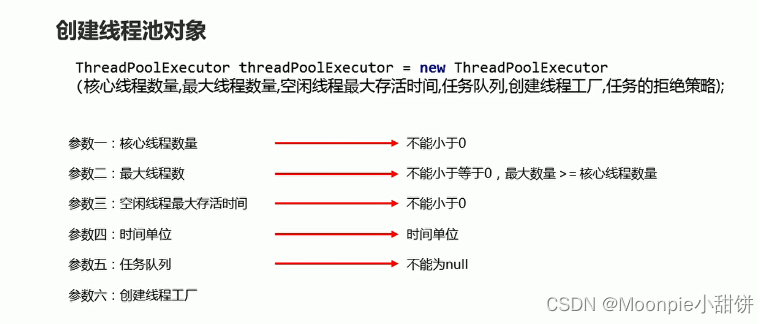
package com.hfut.edu.test12;
import java.util.concurrent.ArrayBlockingQueue;
import java.util.concurrent.Executors;
import java.util.concurrent.ThreadPoolExecutor;
import java.util.concurrent.TimeUnit;
public class test3 {
public static void main(String[] args) {
// 参数一:核心线程数量
// 参数二:最大线程数量
// 参数三:空闲线程最大的存活时间
// 参数四:时间单位
// 参数五:任务队列
// 参数六:创建线程工厂
// 参数七:任务的拒绝策略
ThreadPoolExecutor threadPoolExecutor = new ThreadPoolExecutor(2,5,2, TimeUnit.SECONDS,new ArrayBlockingQueue<>(10), Executors.defaultThreadFactory(),new ThreadPoolExecutor.AbortPolicy());
threadPoolExecutor.submit(new MyRunable());
}
}
参数讲解:
参数一:核心线程数量
参数二:最大线程数量
参数三:空闲线程最大的存活时间
参数四:时间单位 ---- TimeUnit
参数五:任务队列 --- 让任务在队列中等待 等着有空闲线程 再从队列中获取任务并且执行
参数六:创建线程工厂 ---------- 按照默认的方式创建线程对象
参数七:任务的拒绝策略 ----- 什么时候拒绝任务 当提交的任务 > 池子中最大的线程数量 + 队列容量
如何拒绝:任务拒绝策略
任务拒绝策略:

volatile

下面的程序会陷入死循环:
MyThread1
package com.hfut.edu.test13;
public class MyThread1 extends Thread{
@Override
public void run() {
super.run();
//不能及时获取共享资源的修改 使用的是变量的副本
while(Money.money == 10000){
}
System.out.println("结婚基金已经不是一万");
}
}
MyThread2
package com.hfut.edu.test13;
public class MyThread2 extends Thread{
@Override
public void run() {
super.run();
try {
Thread.sleep(10);
} catch (InterruptedException e) {
throw new RuntimeException(e);
}
Money.money = 90000;// 修改公共资源
}
}
Money
package com.hfut.edu.test13;
public class Money {
public static int money = 10000;
}
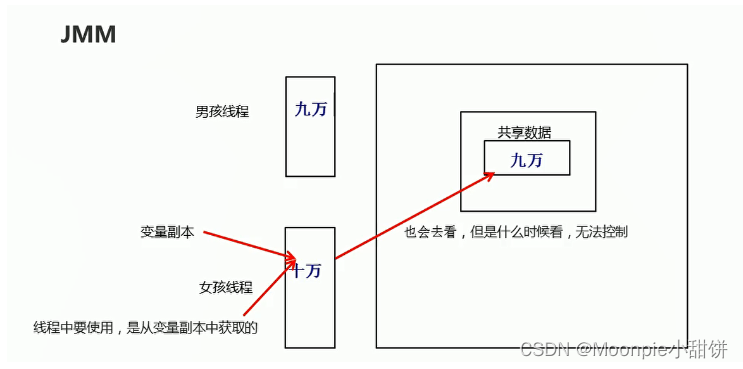
小结:
- 堆内存是唯一地,每一个线程都有自己的线程栈
- 每一个线程在使用堆中变量的时候,都会先拷贝一份到变量的副本中
- 在线程中,每一次使用是从变量的副本中获取的
上述死循环的解决办法1:在变量前面添加volatile关键字
package com.hfut.edu.test13;
public class Money {
public static volatile int money = 10000;
}
上述死循环的解决办法2:使用同步代码块synchronsized
同步代码块强制线程更新变量副本

package com.hfut.edu.test13;
public class Money {
public static Object lock = new Object();// 创建锁对象
public static volatile int money = 10000;
}
MyThread1
package com.hfut.edu.test13;
public class MyThread1 extends Thread{
@Override
public void run() {
super.run();
while(true){
// 同步代码块
synchronized (Money.lock){
if(Money.money != 10000){
System.out.println("结婚基金已经不是一万");
break;
}
}
}
}
}
MyThread2
package com.hfut.edu.test13;
public class MyThread2 extends Thread{
@Override
public void run() {
super.run();
synchronized (Money.lock) {
try {
Thread.sleep(10);
} catch (InterruptedException e) {
throw new RuntimeException(e);
}
}
Money.money = 90000;// 修改公共资源
}
}
